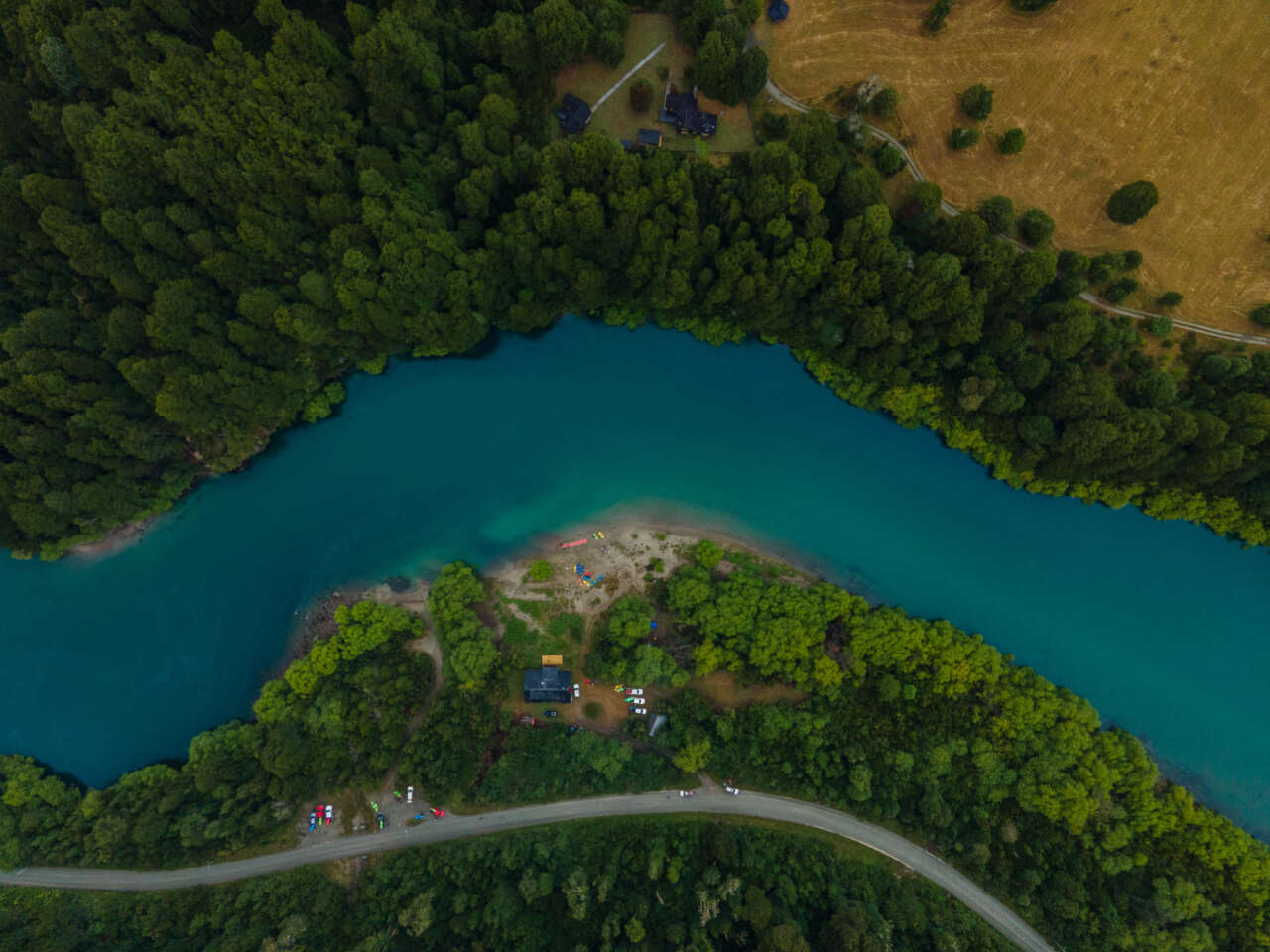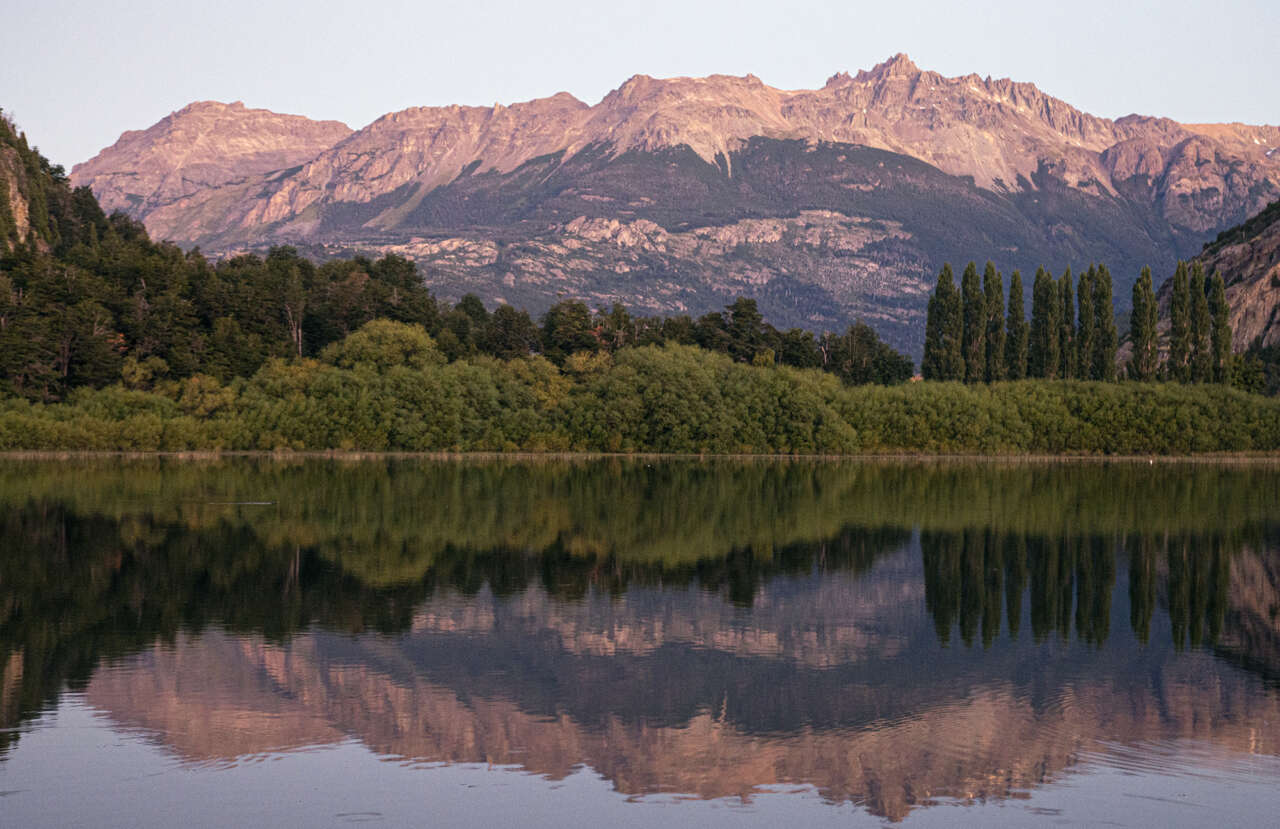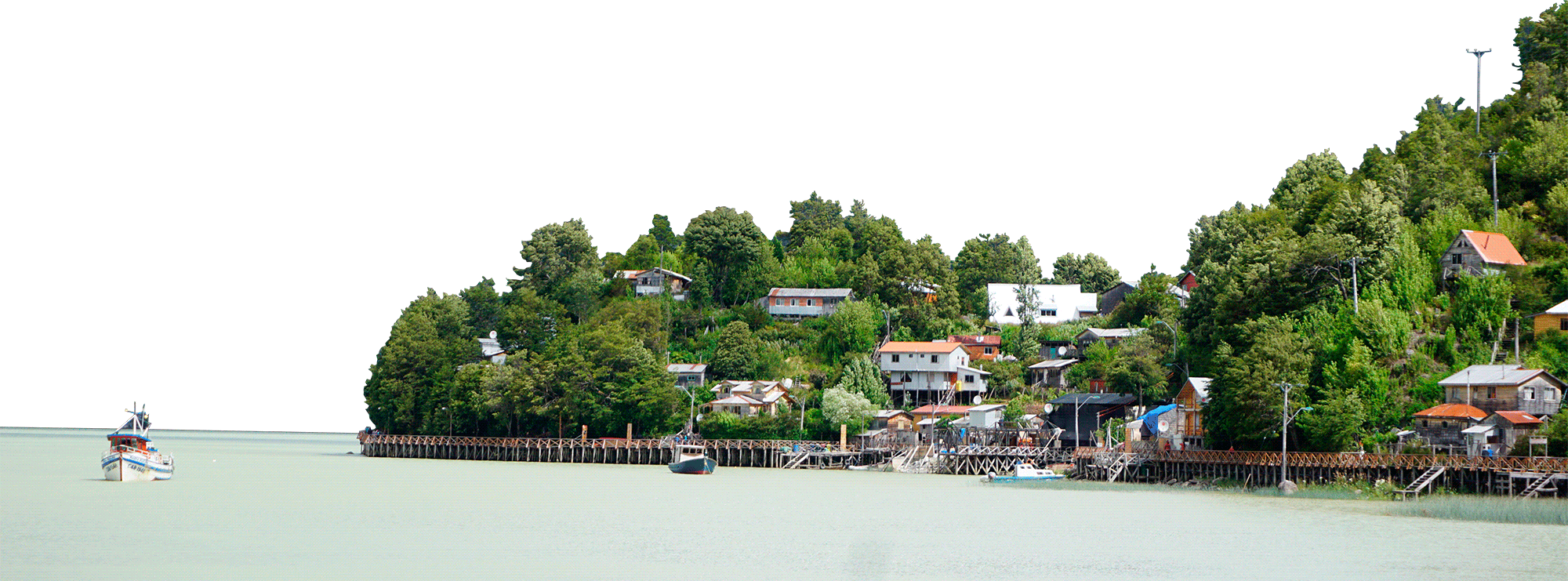


Some ecosystems that meet essential functions for ecological balance and human wellbeing are poorly protected by the Chilean law or by the State’s National Protected Wilderness Area System (SNASPE). This is the case, for example, of freshwater basins and ecosystems that are part of zones identified as climate refuges.
The Austral Patagonia Program promotes and supports the identification and characterization of these and other ecosystems, producing data to inform policymaking for their protection.

Climate refuges for biodiversity are areas that help reduce the increasing impacts of climate change and ensure the continuation of species, communities, and ecosystems. Hence, identifying them could become crucial for the subsistence of species under current and future climate conditions. Thus, in countries such as Australia and the United States, identifying climate refuges is a conservation planning tool to prioritize areas that should be preserved.
Lakes, lagoons, marshes, rivers, brooks, wetlands, and others are part of the freshwater ecosystems that form a priceless environmental and tourism asset, providing a series of key environmental services for community wellbeing. Chile has 1,251 rivers in 101 main watersheds; more than 15,000 lakes and lagoons; one of the world’s largest glacier areas; and abundant rivers, fiords, and water flows in the southern zone. However, few conservation regulatory tools are in place today and the ones that do exist have been poorly or not implemented at all.










